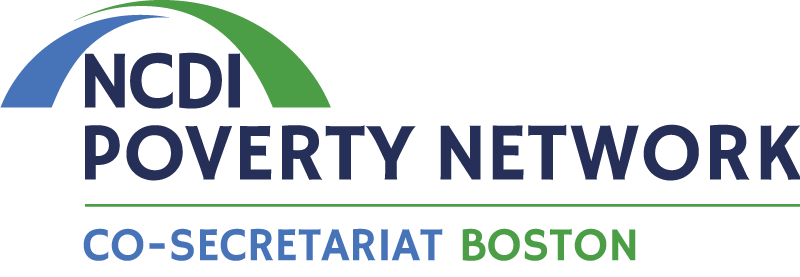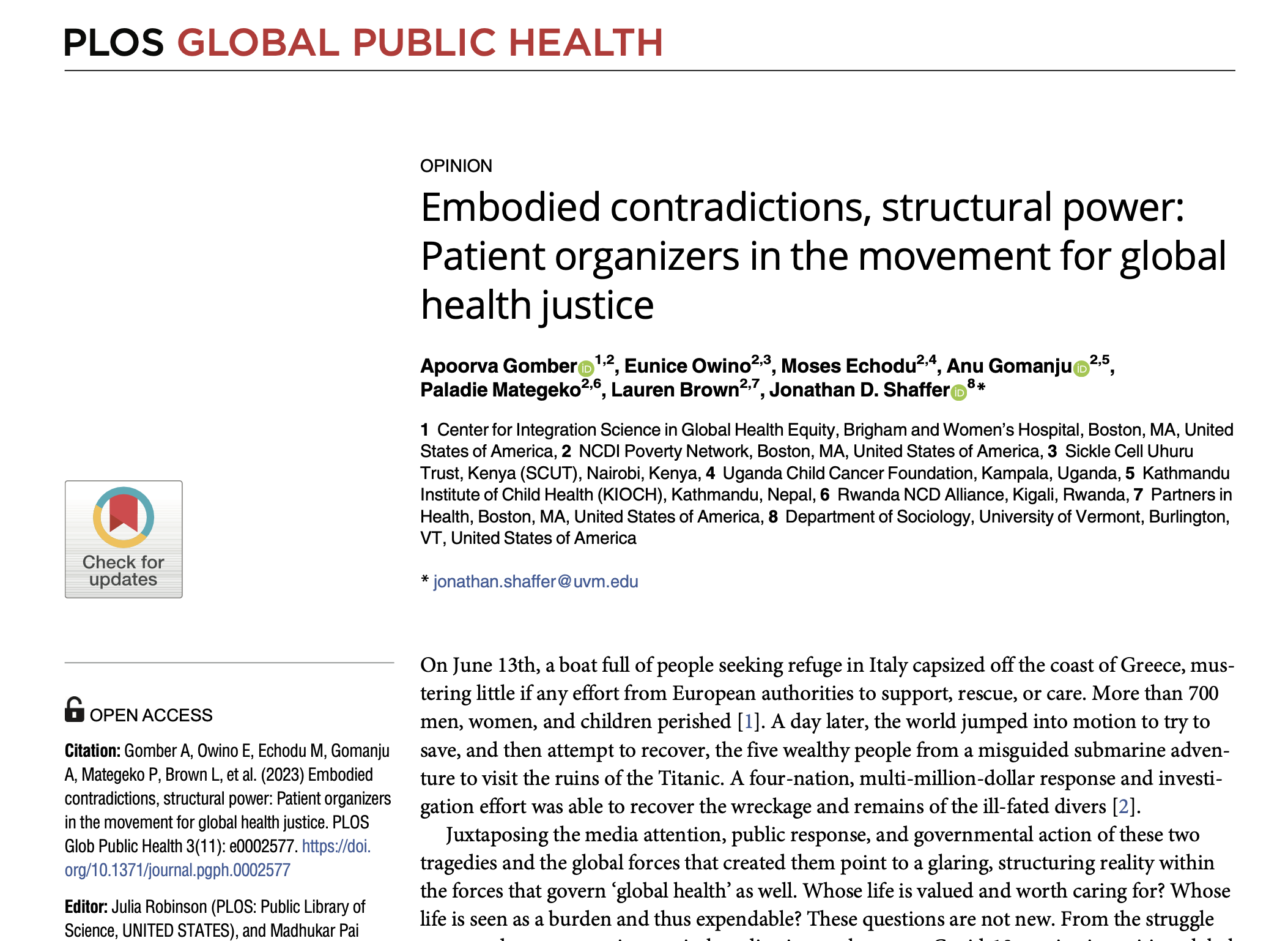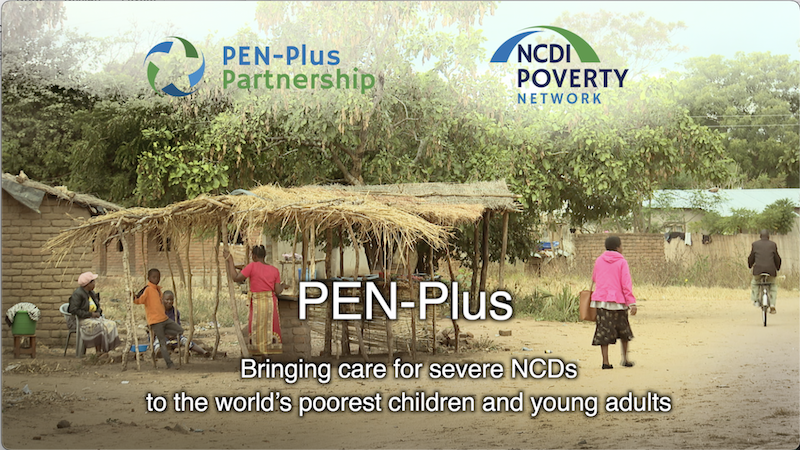Lemie Banda, Elizabeth Dunbar, Tafwirapo Chihana, Arnold Jumbe, Chiyembekezo Kachimanga, Lila Kerr, Joseph Lusaka, Bright Mailosi, Lawrence Nazimera, Basimenye Nhlema, Charles Phiri, and Emily Wroe

The Integrated Care Cascade was developed in Neno District, Malawi over two years of collaboration between Partners In Health and the Ministry of Health (MOH).
PIH began working in Neno in 2007, and the HIV care program quickly blossomed, with active screening initiatives, treatment decentralized to all health facilities, and a robust system for tracking patients with missed appointments.3 At the end of 2014, 7,100 clients were enrolled in HIV care, representing an estimated 75% of HIV cases in the district.
Meanwhile, care for non-communicable disease (NCD) patients remained limited: case-finding was low, treatment was only available at the two hospitals, and there was no system to follow-up with missing patients. At the end of 2014, just 1% of estimated hypertension and diabetes cases were enrolled in care.
The Neno solution was to integrate care across screening, treatment and follow-up systems, leveraging the success of the HIV program to improve NCD outcomes. Through strategic leveraging of the strong HIV platform, including staff, space, and other resources, Neno was able to fully integrate NCD care. This toolkit highlight this success, including screening, treatment, and follow-up systems for our Integrated Chronic Care Clinic.




